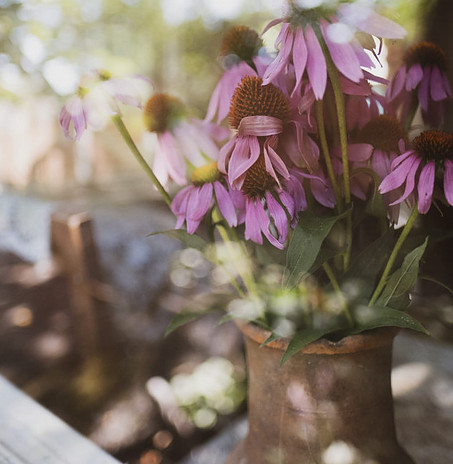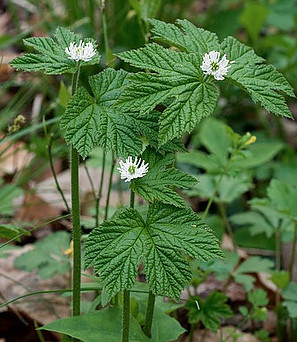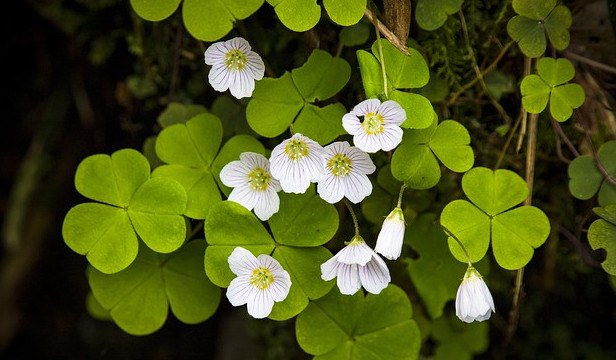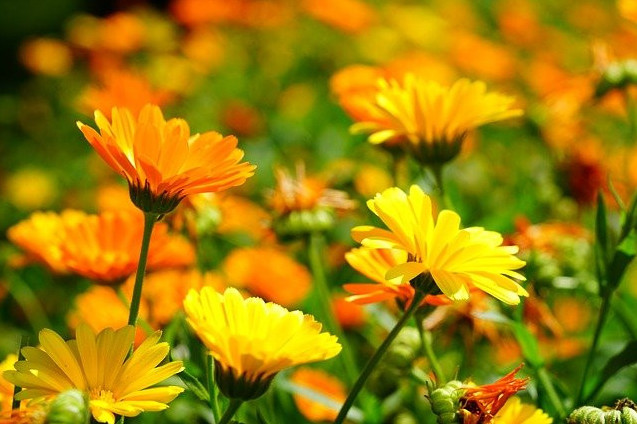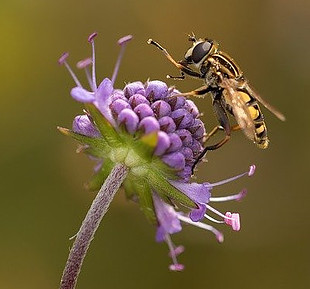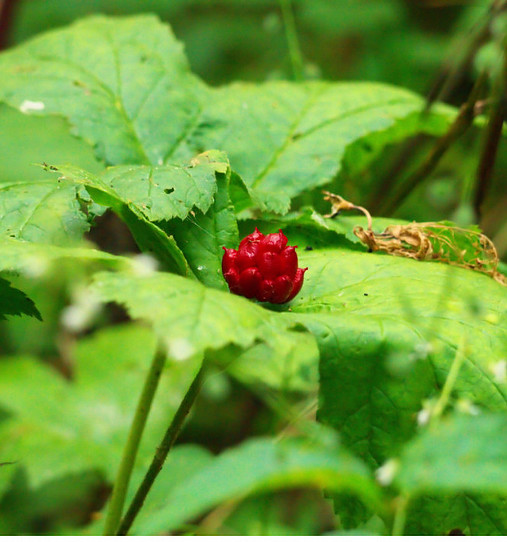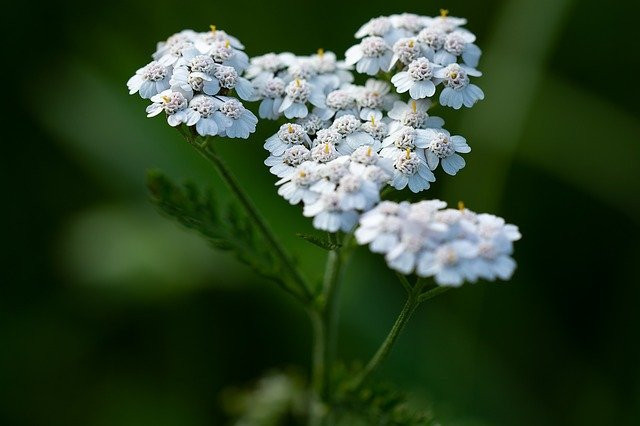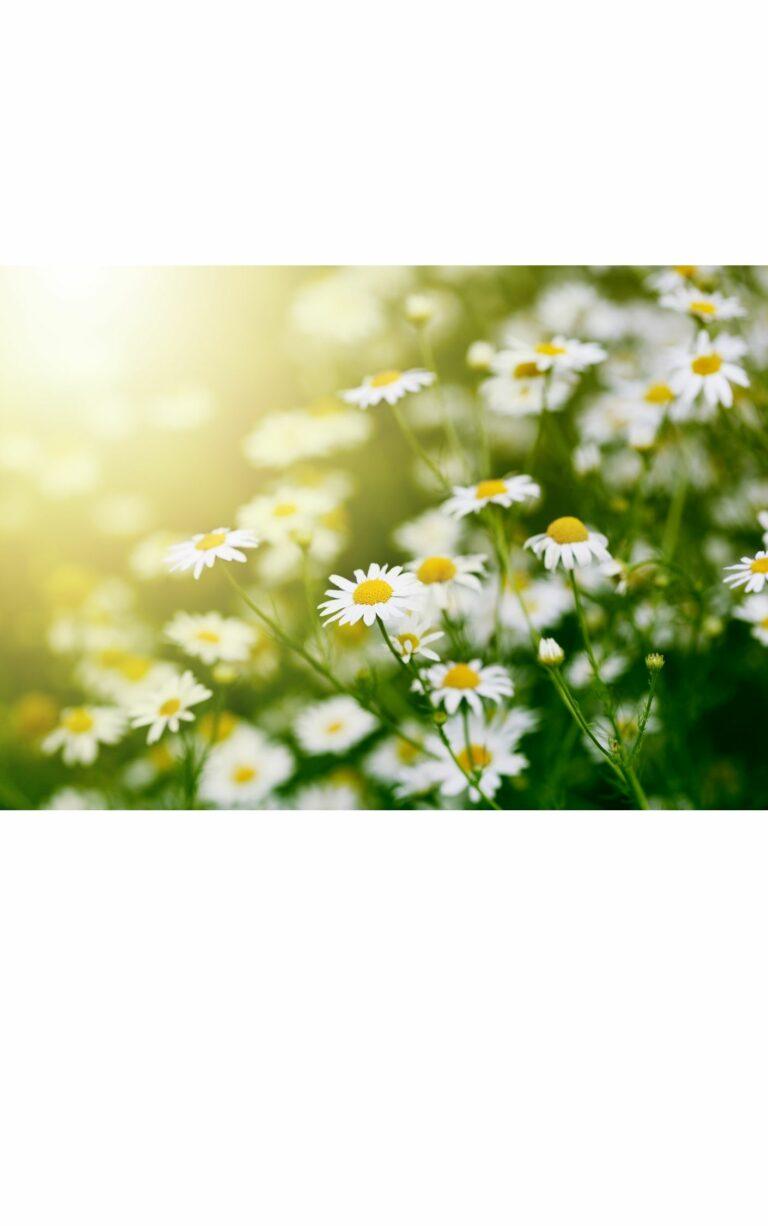Natural Antibiotics
The plant world offers many plants that can be used as natural antibiotics. I believe it is only prudent to have a few plants growing in your yard with these traits. You never know when you might find yourself in a situation where nothing else is available and a natural antibiotic would help to solve the problem. Hopefully this never happens, but if it does, you will be prepared.
The following plants can be grown in your yard and will help to fight an infection: echinacea, goldenseal. boneset, astragalus root, and ashwaghanda. You can use the plant in a tea with fresh or dried leaves and/or root, or place some dried leaves/root in capsules depending on the plant itself.

Echinacea purpurea is a Natural Antibiotic
There are several species of Echinacea. Each one has different qualities. The one discussed in this article is Echinacea purpurea. Echinacea purpurea has antiseptic qualities. It is an immune stimulant which gives your body extra strength in fighting an infection and is good for fighting early stage viral or bacterial infections. It is also good for colds, flu or upper respiratory infections.
The plant parts can be made into a tincture, infused herbal oil, tea or salve. A salve made with Echinachea purpurea is good for treating wounds and insect bites. The part of the plant to use includes the flowers, leaves, seeds and root, either fresh or dried. Directions for making a tincture can be found here.
One easy way to use this plant is to take a small portion of the root (1-2 grams) and slowly chew. A potent root will cause you to produce more saliva and that is one way to check if the root is still usable. The root can be dug when the plant is dormant, which means not actively growing, or in a resting stage. The leaves, flowers and seeds should be collected at the height of their growth. They can be used fresh at this time or dried for later use.
Echinacea is often combined with goldenseal for use as a natural antibiotic substitute.
Goldenseal (Hydrastis canadensis) – Another Top Choice
Goldenseal is an anti-inflamatory and antimicrobial. This is a good choice of plant for the latter stages of an upper respiratory infection. This plant can also be used to fight parasites. The parts of the plant to use are the flowers, leaves and root, fresh or dried. Goldenseal can be made into a tincture, tea, or cream.
Goldenseal has been used as a substitute for quinine and historically has been used to fight fevers, smallpox, and malaria. It has also been used for eye infections, intestinal conditions including parasites, ulcers and bronchial complaints.
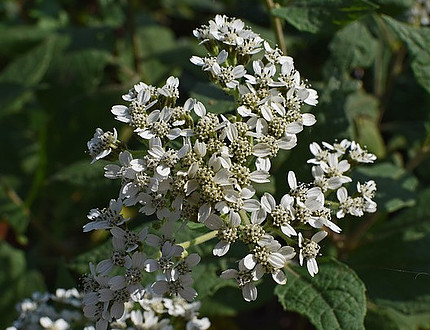
Boneset (Eupatorium perfoliatum)
Boneset has anti-inflamatory and immune stimulant qualities. This herb should be used carefully because it is a very potent plant. Too much of this plant can cause vomiting and diarhea. That being said, the plant is very useful and does work just use in moderation when really needed.
The part of the plant used is the leaf and flowers. These can be used fresh or dried. This plant has been used to fight pneumonia, coughs,colds, aches, pains, flu, fever, and bronchial complaints. A poultice can be made with this plant for swelling, soft tissue injuries and muscle strains.
This plant can be used as a tea, tincture or poultice.
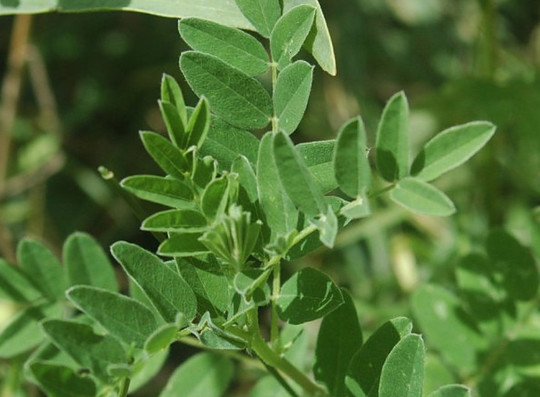
Astragalus membranaceus (huang-qi)
Astragalus root is an adaptogen, immune stimulant and has antibiotic qualities. The root is the part of this plant to use. The root can be dug up in its second or third year of growth and can be used fresh or dried. The best way to use this root is to chew a small piece, in tea or cooked in a soup. If you use it in a soup, just toss out the root after the soup is cooked. All the nutrients will be in the soup. Traditional Chinese Medicine notes that this root should not be used to treat high fevers or inflamatory infections. This is a great choice for a tea to drink all winter long.
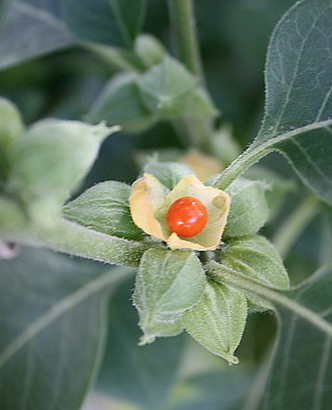 Ashwaghanda
Ashwaghanda
Ashwaghanda (Withania somnifera), sometimes called Indian Ginsing, has adaptogenic, anti-inflamatory and natural antibiotics qualities. The parts to use are 1-2 year old roots, dried and the berries. The berries can be used as a substitute for rennet in cheese making which might come in handy some day.
This herb is good for concentration support, headache, an adaptagen tonic, and fatigue. A poultice of this herb is good for swollen and sore joints and skin issues. The dried root can be powdered and a tablespoon mixed in a liquid to use a a rejuvenating and healing tonic.
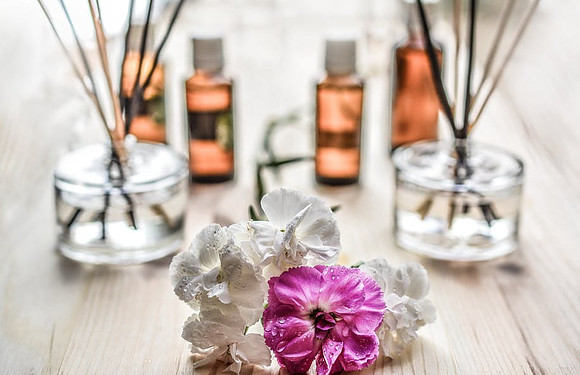
There are many essential oils you can use to fight infections and will act as natural antibiotics in emergencies. Choose several from the list below to have on hand in case the need for them arises. Essential oils with natural antibiotics and antiviral characteristics include:
- helichrysum
- lime
- melissa
- neroli
- niaouli
- oregano
- palmarosa
- peppermint
- plai
- rose
- rosemary
- sage
- sandalwood
- tangerine
- tyme
- vetiver
- yuzu
You can combine several of the above oils with a carrier oil to make a roller bottle. You can also make capsules and keep in the refrigerator if you need them. If you take any essential oils internally, they must be organic and produced specifically for internal use. Essential oils are a highly condensed version of the plant and are very potent so you need to use them carefully. Do your research and decide what’s best for you and your family.
May the rest of your life be the best of your life.
